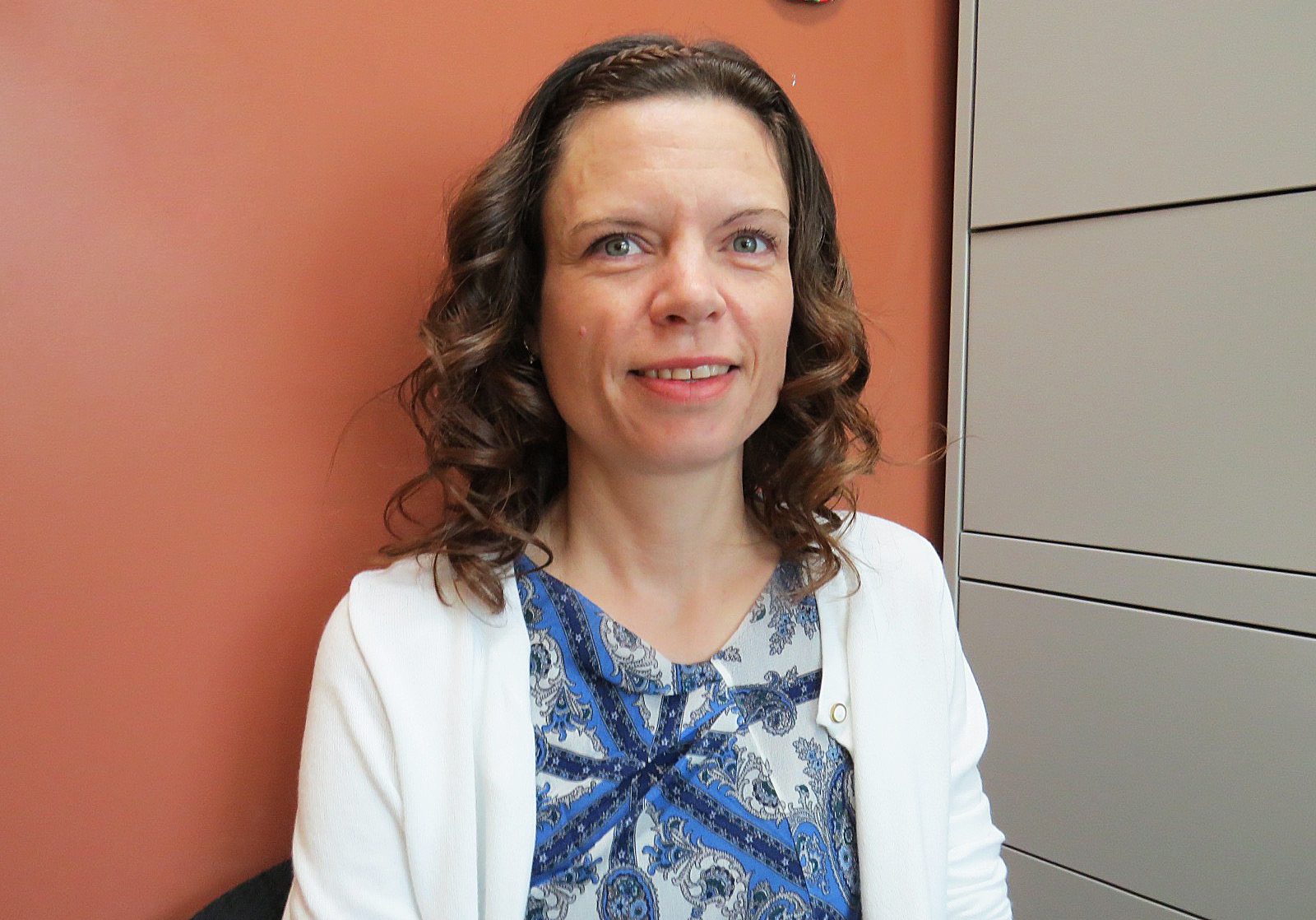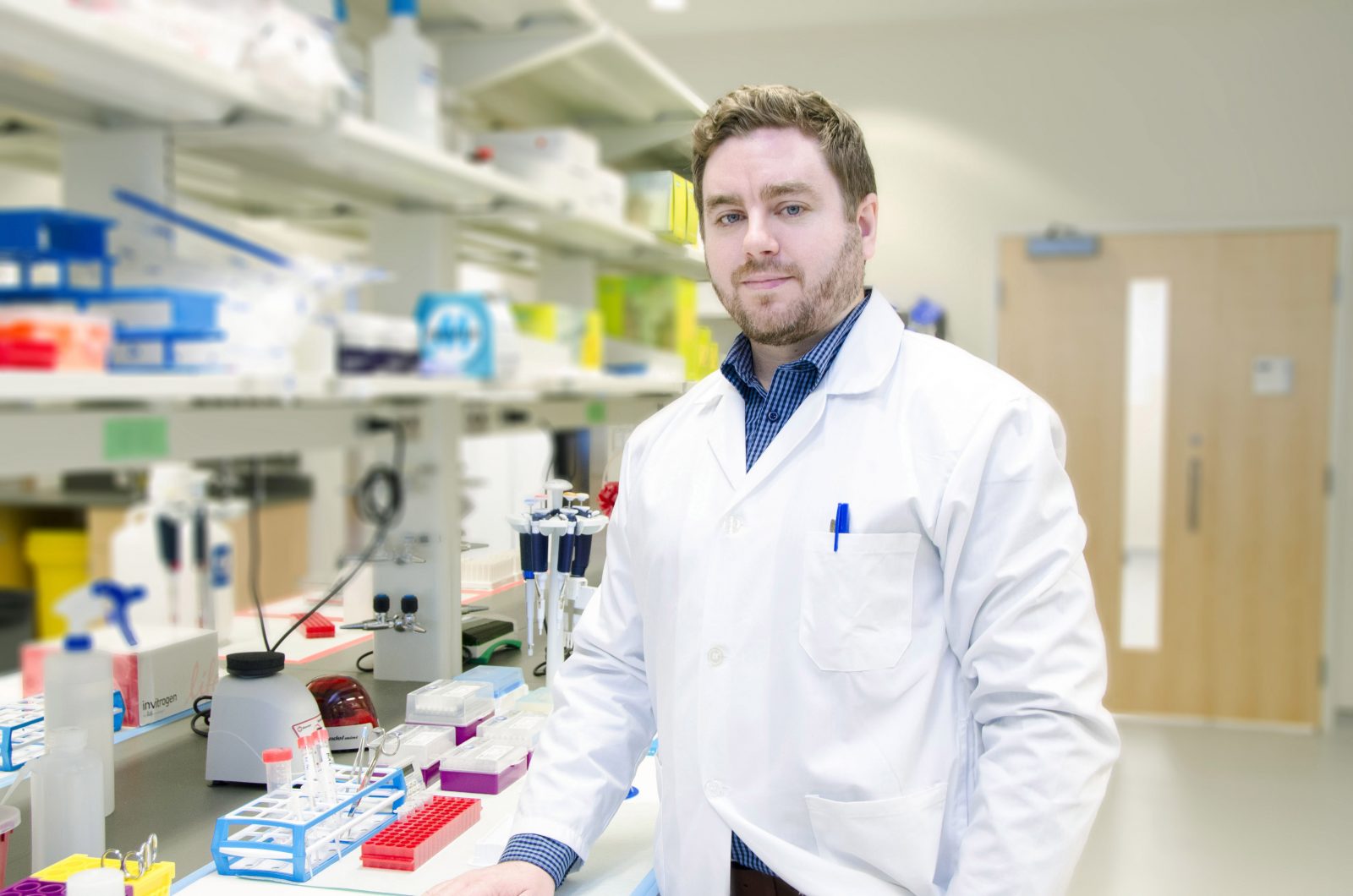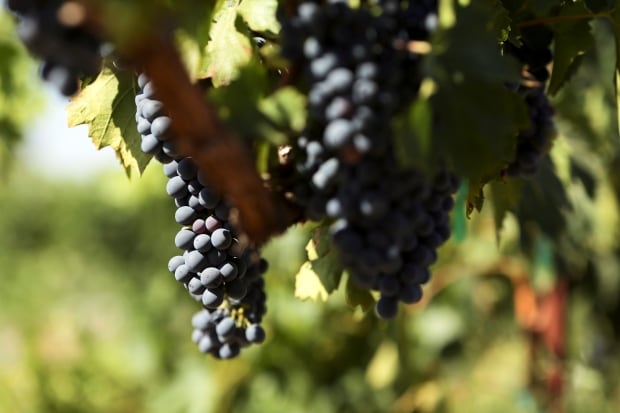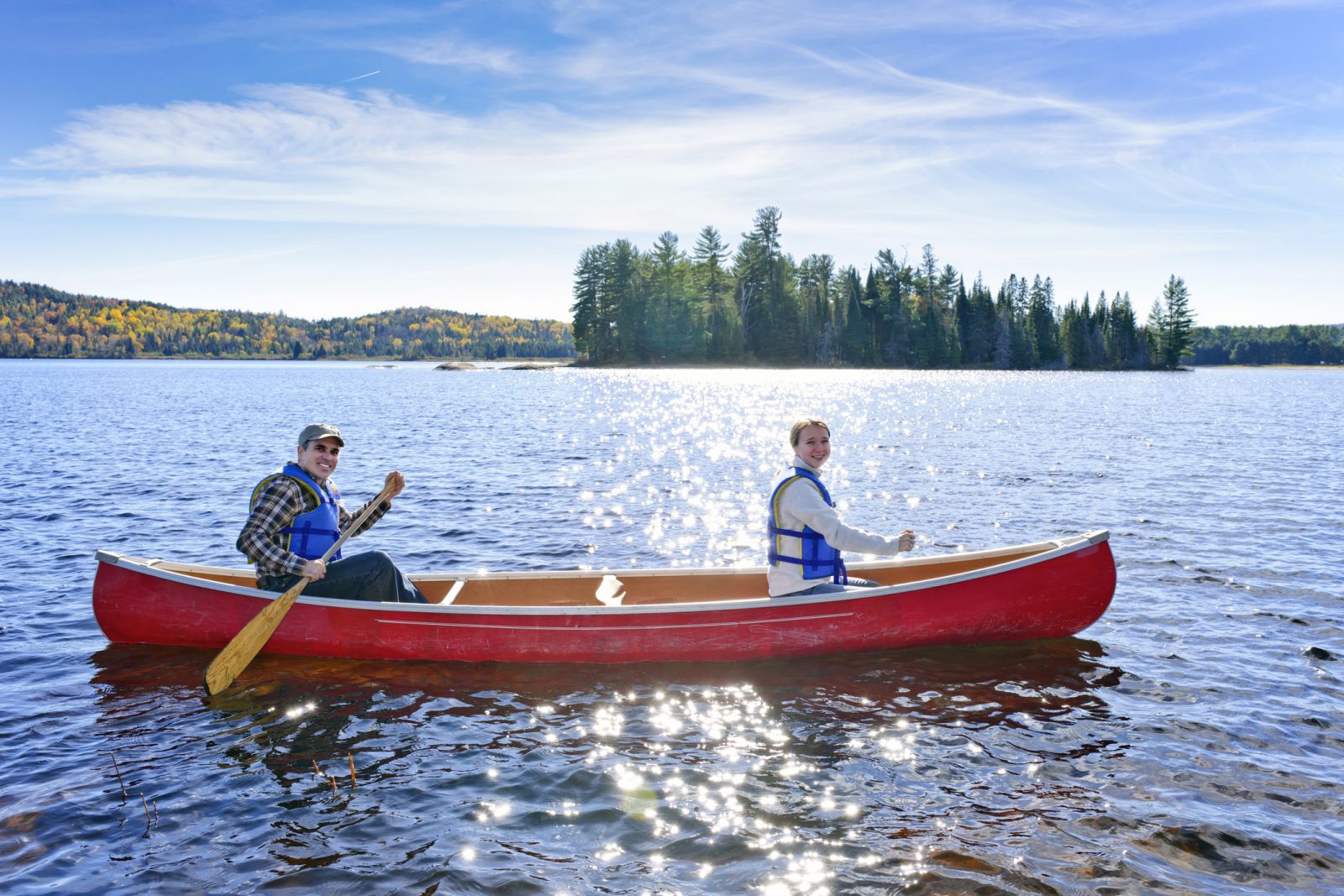Brock awarded $2.2 million in SSHRC funding in 2017
 Brock Professor Angela Book has received a grant from the federal government’s Social Sciences and Humanities Research Council (SSHRC) to continue her research into what psychopaths look for when they choose their next victim.
Brock Professor Angela Book has received a grant from the federal government’s Social Sciences and Humanities Research Council (SSHRC) to continue her research into what psychopaths look for when they choose their next victim.What do psychopaths look for when they pick their next victim? And how do psychopaths come across when they lure in those victims?
Brock psychologist Angela Book’s previous research has shown that the way that a person walks — shuffling, looking at the ground, hunched over — can make them a potential target for a psychopath.
Now the associate professor of Psychology is taking her work one step further by researching the personality traits that would make someone likely to become a victim.
With her grant from the federal government’s Social Sciences and Humanities Research Council (SSHRC), Book and Lakehead University Assistant Professor of Psychology Beth Visser will be running a series of experiments that will assess where participants fall on the HEXACO scale, a model co-developed by Brock and the University of Calgary that measures six major dimensions of personality. The scale measures: honesty-humility; emotionality; extraversion; agreeableness (versus anger); conscientiousness; and openness to experience.
“Our new project is going to look at the personality associated with being gullible and vulnerable to such manipulation or victimization,” says Book. “The second part of our research is to look at whether that translates into accurately predicting victimization.”
In the federal government agency’s 2017 competition, Brock received a total of $2.2 million from SSHRC’s Insight Grants, Insight Development Grants, Partnership Development Grants, and student research awards.
This total includes graduate student scholarships and fellowships.
“Brock continues to do very well in receiving funding from SSHRC,” says Brock’s Interim Vice-President Research Joffre Mercier. “The applications go through a very competitive process, and Brock’s success is a clear demonstration of the excellence of our researchers in humanities and social sciences research.”
Book says her research results will help people to better understand their own vulnerabilities, taking the randomness out of abuse and hopefully preventing victimization from taking place.
“It’s amazing that SSHRC gives the opportunity to do this kind of research,” says Book. “There’s no way I could afford to do this without the funding.”
Brock researchers awarded Insight Grants in 2017 are:
- Natalie Alvarez, Department of Dramatic Arts, “Scenario training to improve interactions between police and individuals in mental crisis: impacts and efficacy”
- Angela Book, Department of Psychology, “Psychopaths as social predators: victim selection, social mimicry, and interpersonal interaction”
- Chantal Buteau, Department of Mathematics, “Educating for the 21st Century: post-secondary students learning progmastics, computer programming for mathematical investigation, simulation, real-world modelling”
- Jane Koustas, Department of Modern Languages, Literatures and Cultures, “Contemporary Irish and Quebec theatre: national identity/global reach”
- Jennifer Rowsell, Department of Teacher Education, “Maker literacies”
- Louis Volante, Department of Teacher Education, “Immigrant student achievement and education policy: a Pan-Canadian analysis”
- Anthony Volk, Department of Child and Youth Studies, “Reconceptualizing bullying: strengthening the foundation for measurement, research, interventions and policies”
- Dawn Zinga, Department of Child and Youth Studies, “Breaking down barriers: first generation students and programming that addresses barriers to post-secondary achievement”
Brock researchers awarded Insight Development Grants in the 2017 are:
- Jin Lei, Department of Finance, Operations and Information Systems, “Credit risk spillovers and corporate financial policies”
- Robert Steinbauer, Department of Organizational Behaviour, Human Resources, Entrepreneurship and Ethics: “How do mentors affect student entrepreneur proteges’ moral cognition and ethical conduct?”
- Dawn Zinga, Department of Child and Youth Studies, “Why do competitive dancers commit to dance? Exploring the lived experiences of young competitive dancers within a motivational framework”
Brock researchers awarded a Partnership Development Grant in 2017 are:
- Christine Daigle, Department of Philosophy, “Posthumanism research network”
SSHRC’s Insight Grants program provides funding for three to five years for research that accomplishes a number of goals, including: building knowledge and understanding; supporting new approaches to research; and providing training experiences for students.
SSHRC’s Insight Development Grants program supports research in its initial stages. The grants enable the development of new research questions, as well as experimentation with new methods, theoretical approaches and/or ideas.
Partnership Development Grant proposals are expected to respond to the objectives of the Insight program or the Connection program, or a combination thereof.













